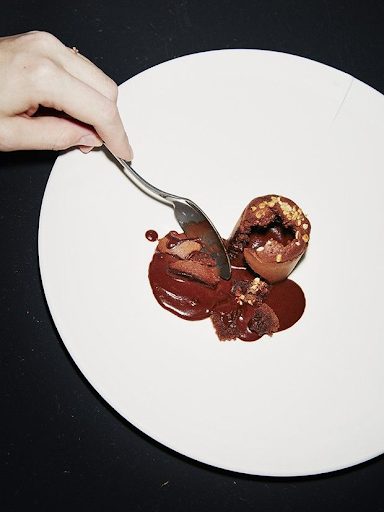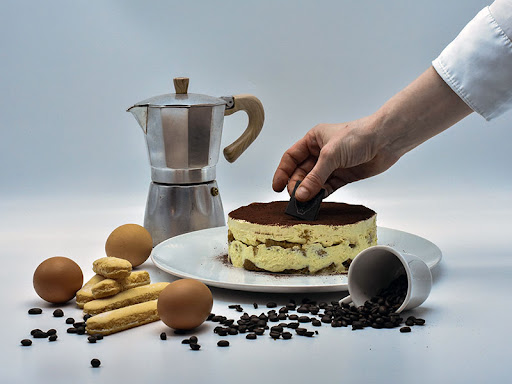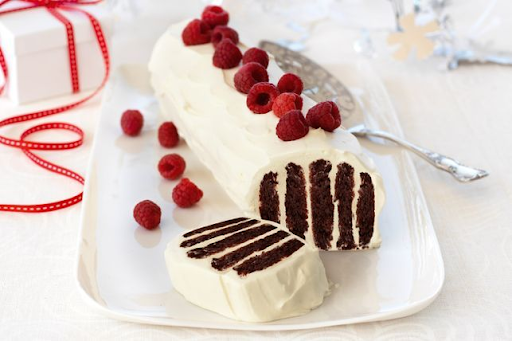Lithuanian Spit Cake
You can recognise a Lithuanian spit cake by its tall height and irregular spikes. Though it may resemble a weapon and leave you a tad intimidated, consider yourself lucky as this labour intensive Christmas tree looking cake is normally quite elusive! Today we’ll look at the coral-like cake in all its glory, starting with the various names.
Lithuanians refer to it as šakotis or raguolis, which respectively translates to “branched” and “spiked” for obvious reasons. But Polish neighbours to the west know it as sękacz, and the Belarusians on the east call it bankukha. There’s even a French version, gâteau à la broche, which came across with Napoleanic soldiers retreating in the 1800s. Some believe they all branched off from the German baumkuchen, a non-spiky spit cake. However, others argue that cakes prepared on spits first originated in Ancient Greece, circa 400BC.
How To Make a Lithuanian Spit Cake
Composed of all the usual cake batter ingredients, it’s the spit or rotisserie-style method of preparation that distinguishes these spit cakes from other cakes around the globe. Used to celebrate events like weddings and Christmas, we see skilled bakers working meticulously upon a cylindrical rod. They pour a new layer of batter over the last, which has just dried thanks to heat from either an open fire or a specially designed oven. The Lithuanian method produces bigger and more impressive stalagmites. When the revolutions are sped up, centrifugal force draws the wet batter outward, closer to the heat. The drizzling part is quite labour intensive and has the potential to be quite messy if you lack the know-how!
This is a process that can sometimes take five hours. Once complete however, bakers typically decorate the tubular cakes with chocolate, nuts, and edible candy flowers. For some events, the cake can be as tall as the attending guests and sometimes even taller! Take for example the 2015 grand opening of the official Tree Cake Museum. A 3.72m tall šakotis cake creation marked the special occasion. Weighing in at a whopping 86kg, naturally it made the Guinness Book of Records!
For more Lithuanian desserts, we can choose from the šimtalapis, žagarėliai, and šližikai. There’s even a dessert that looks like an anthill – skruzdėlynas. This is made of individual pastries that are stacked upon each other and decorated with nuts and poppy seeds before drizzling it with honey. There are even curd-based doughnuts called varškės spurgos. Similar to Greek lokmas, bakers roll them into balls and then dust sugar on top… It’s worth seeing what Eastern European goodies are available near you. Who knows, they might even have a tall spit cake that looks like a Christmas tree!








